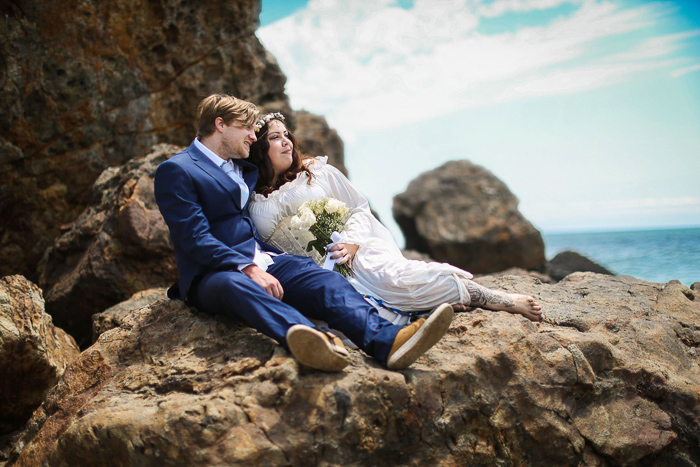BLOGS 12 Tips For Expert Event Photography

By Anabel DFlux
Source: Expert Photography
Event photography is a fun and exciting niche. But capturing that once in a lifetime moment can pose some technical challenges.
From special events like weddings to concerts to sporting events, here are 12 event photography tips to take your images to the next level.
1. What Event Photography Gear Do You Need

In my experience, events mean photographing in low light situations.
There are plenty of events that are done outside in the daytime as well. But the most common in event photography take place indoors in low light.
This means you’ll need to carefully consider the equipment you bring with you.
Let’s have a look at which camera body, lenses and lighting equipment is best.
Camera Body
For indoor event photography, you want to pack your best low light camera. There are other factors that matter but low light capability is the most important.
Look for models that have less noise at higher ISO levels and more sensitive sensors. These do well in difficult lighting situations.
In general, cameras with higher megapixel counts pick up the details better. But the higher the megapixel count, the larger the file size.
Make sure you stock up on a large SD or compact flash card.
For outdoor event photography, camera bodies that are fast will do you wonders. Pay attention to the frames per second.
And consider the camera’s weight. You’ll be carrying the equipment around for hours on end!
Lens(es)
The quality of the final image is influenced by the type of lens used. For event photography in low light, I suggest only looking at lenses with a max f/stop of 2.8. Lower is even better.
Using a lens that goes down to f/1.8, for example, is a great way to let enough light in and make the frame bright. The wider the aperture, the more light enters the camera and the shallower the depth of field.
Shallow depth of field is a great stylistic choice. Having one subject in focus with the rest blending into a bokeh makes for a visually pleasing and simplified image.
Luxury glass, prime, ART, and such higher end lenses are sharper and clearer than other lenses. They are also faster and more reliable.
As a general rule, fixed millimetre lenses tend to be sharper than lenses with a range. The downside to fixed is that you have zoom with your feet if you want to adjust the composition.
When looking at lenses, or a selection of lenses, consider your shooting distance as well.
Lighting Equipment
For very dark event spaces, the portable artificial lighting you bring is important. Some photographers opt for flash while others use continuous light.
Flashes are easy to use and are the more popular choice. But if you’re inexperienced, the light can end up looking harsh. Here’s a great article why you should avoid your on-camera flash and use an off-camera flash instead.
Continuous light is much easier to use, but can be a nuisance or distracting to the event. Keep both of those in mind when deciding what lighting equipment to use.
Extra Batteries and Extra Cards
You don’t want to be stuck with a full or corrupted memory card and/or a dead battery.
Always pack extras, and throwing in a car charger isn’t a bad idea either!
2. Best Camera Settings for Event Photography

Continuous focus has different names depending on the camera brand (AI Servo for Canon users or AF-C for Nikon users).
It allows your camera to lock at your subject and follow it around as it moves.
Camera settings also play a role in your style, or the style that the client wants.
3. How to Manage Your Client’s Expectations and Needs

You need to ask your clients important questions such as these:
- What event is this?
- What kind of images do you want from this event? Are you looking for headshots?
- What are the most important moments?
- What style of photography do you like?
- What do you not like?
No one wants a disappointing event photography shoot because there was miscommunication. By speaking to your client, you can make sure that your client is well aware of the limits of the photo session.
Make sure that they understand what to expect from your services. If your client has hired an event organizer, speak to them about expectations.
4. A Shot List Will Help You Capture Those Key Photos

Your client will know what to expect from you, and you’ll know what to provide. You can make sure that your client is well aware of the limits of the photo session. And that they understand what to expect from your services.
The shot list also acts as on-paper proof. Your client can’t claim that you missed a shot that wasn’t disclosed to you.
A shot list ensures that no critical images are missing from your photo shoot. Nothing is worse than not capturing a photograph that your client really, really wanted.
Ask the event organizer for help here, if there is one. They can point out the key attendees for corporate event photos, for example. Or the key people at a high school reunion event.
All of this being said, really do be diligent about key moments. The thing about events is, they only happen once!

